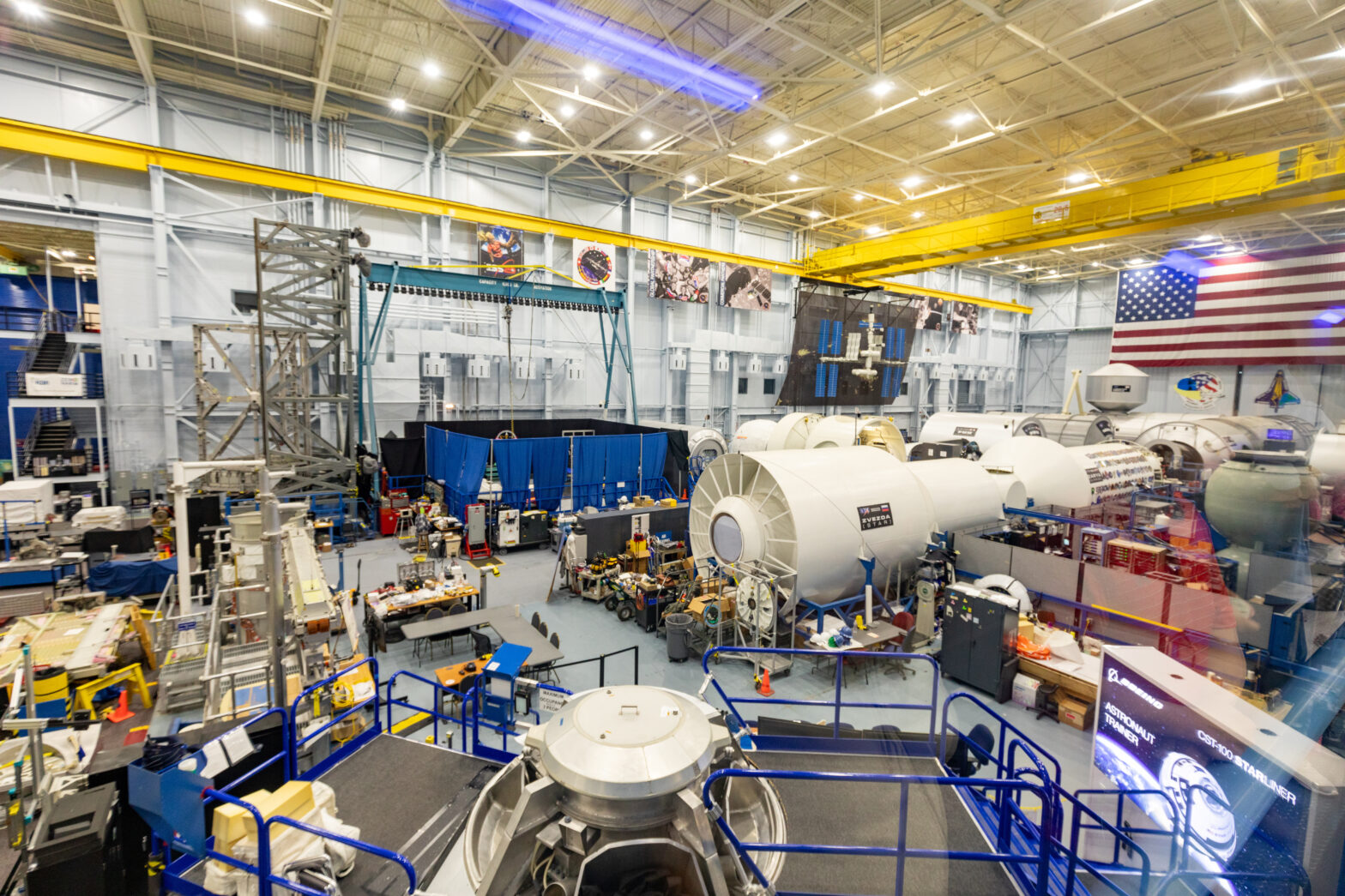On this day, 44 years ago, NASA’s First Space Shuttle successfully landed in California, marking the first instance of a safe launch, orbit and return to Earth for an American space crew and shuttle. Named Columbia, the shuttle was designed to be operable beyond 1981, shifting space innovation away from single-use spacecrafts and toward more cost-effective, reusable transportation systems. Columbia went on to complete 28 missions, spending over 300 days off Earth.
While Columbia made history by launching from Kennedy Space Center in Florida and landing at Edwards Air Force Base in California, the core of NASA’s operations—including the development of Columbia and other projects critical to the development and testing of space systems—has long been rooted in the heartland. Four of NASA’s primary research and operational hubs are located in heartland states along with four additional high-tech space facilities. Each NASA operation is responsible for a key role in space exploration and innovation, propelling the future of space research while igniting substantial economic and technological growth in their local communities.
- Ohio’s Glenn Research Center: Glenn Research Center is home to world-class facilities like wind tunnels and vacuum chambers that design, develop and test innovative space technologies. Glenn hosts two facilities, the Neil Armstrong Test Facility and NASA Safety Center. The only NASA center in the Midwest, Glenn is inextricably tied to the region’s economy and culture. Glenn’s economic impact on the state of Ohio was estimated to be just over $2 billion in 2023, with Northeast Ohio benefitting from the lion’s share of this added value. Additionally, Glenn’s 3,000+ employees support regional real estate, health care, food and hospitality services.
- Texas’s Johnson Space Center: Johnson Space Center leads NASA on mission control, like astronaut training and research and development, leading the International Space Station operations and missions. Johnson’s sizable 12,000+ public and private employees contribute to the local Houston and state-wide Texas economies in a number of ways. In 2022, 47% of Johnson’s $5.65 billion budget was spent directly in Texas—7.8% spent on Texas small businesses ($442 million) and 1.1% on Texas non-profits and university awards ($67 million).
- Alabama’s Marshall Space Flight Center: Marshall Space Flight Center spearheads development, engineering and manufacturing of propulsion space systems. In 2019, over half of Marshall’s economic output directly impacted the Alabama economy ($4.3 billion). Beyond the dollar impact, 17 additional jobs—from doctors to school teachers—were created for every civil servant employed at Marshall to support the base.
- Mississippi’s Stennis Space Center: Stennis Space Center is NASA’s primary rocket test site and home to one facility, the NASA Shared Services Center. In 2022, Stennis generated $715 million in economic impact, felt in both the Mississippi and neighboring Louisiana economies. Additionally, Stennis acts as a key location for the facilitation of public-private partnerships (40 companies conduct business at Stennis), from academic and private organizations to technology-based companies, like Blue Origin, Boeing, Rolls-Royce and more.
- Louisiana’s Michoud Assembly Facility: Managed by Alabama’s Marshall Space Flight Center, the Michoud Assembly Facility—’America’s Rocket Factory’—is a leading hub for space structure and systems manufacturing. In 2024, Michoud supported over 2,500 jobs in Greater New Orleans and contributed $507.3 million to Louisiana’s economy. Relationships with economic development organizations like Greater New Orleans Inc. and the Louisiana Economic Development fostered collaboration with Boeing and Lockheed Martin. Workforce programs with Louisiana State University, Tulane, Delgado Community College and Nunez Community College aim to develop technical talent to help power the future of Michoud.
The space industry has a direct impact on job creation and technological advancement for local and proximate economies in the heartland, offering consistent, high-paying and high-skilled employment opportunities to residents of Ohio, Texas, Alabama, Mississippi and Louisiana.
Beyond the direct economic impact, NASA centers that support universities offer unique and highly technical opportunities for research and public-partnerships—acting as a hub for cross sector collaboration between academia, business and government affairs. NASA centers assisting public-private partnerships act as innovation catalysts with spillover effects, such as using aerospace knowledge in the defense sector, Earth observation and analytics in climate science and satellite intelligence in agriculture.
- Research Partnerships: In 1989, NASA initiated the National Space Grant College and Fellowship Project (Space Grant), to expand space opportunities and support education, research and public outreach. All heartland states have a Space Grant Consortium located at local universities, from the Arkansas Space Grant Consortium at the University of Arkansas, Little Rock to the Wisconsin Space Grant Consortium at Carthage College. Space Grants enhance the direct talent pipelines of heartland universities to the heartland space industry, bolstering the space economy workforce.
- Public-Private Partnerships: The Mississippi Enterprise for Technology (MSET) underscores the importance of public-private partnerships in the heartland’s space economy. Founded by NASA, Mississippi Development Authority (MDA) and Mississippi Research Consortium, MSET is located at the Stennis Space Center. Leveraging the location’s scientific resources, MSET acts as a business accelerator, harnessing the expertise of public and private entities while creating and retaining high-waged jobs in Mississippi.
Space may be the final frontier focused on other worlds, but its industrial and scientific impact are felt on the ground in the heartland. The US space economy is growing faster than the US economy and is estimated to be worth 0.5% of total US GDP by 2035. The success of the heartland’s space economy proves American innovation belongs in facilities in Kansas, with researchers in Ohio and startups in Alabama. Recognizing the space industry is not just rockets and spaceships, but regional revitalization, high-paying careers and long-term research partnerships allows for heartland citizens, policymakers and community leaders to be more than participants in this economic growth — they can define it.

